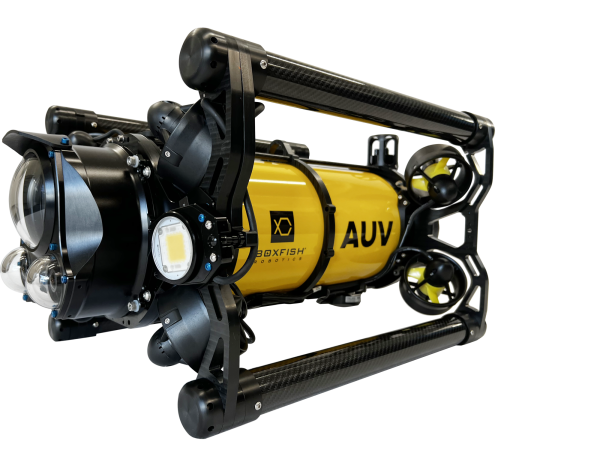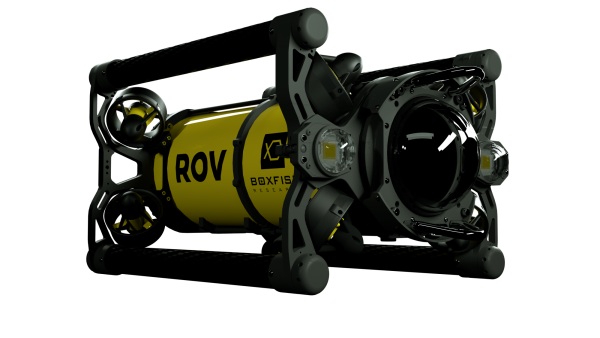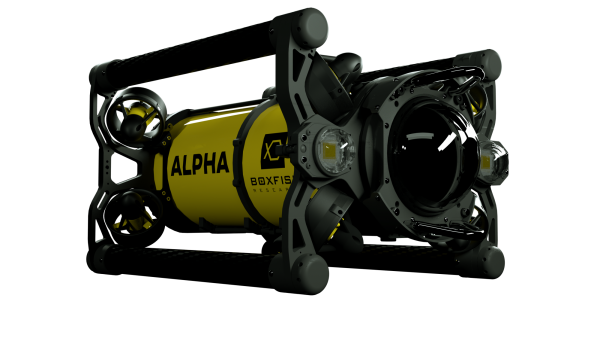Mesophotic communities are found at depths of approximately 30 to 150 meters at the very limit of light penetration for photosynthetic. These understudied ecosystems are the research focus of Professor James Bell‘s research group at Victoria University of Wellington (VUW), which is only possible with the use of their Boxfish Alpha ROV.
Traditional diving methods are limited by depth beyond about 30 meters and come with significant safety concerns. This makes it difficult to access and study deeper mesophotic communities without the use of technical divers. The Boxfish Alpha ROV, rated to 300m, enabled routine exploration of deep reefs without putting divers at risk. Its generous battery capacity and fast charging allow for significantly more time underwater than traditional diving ever could.
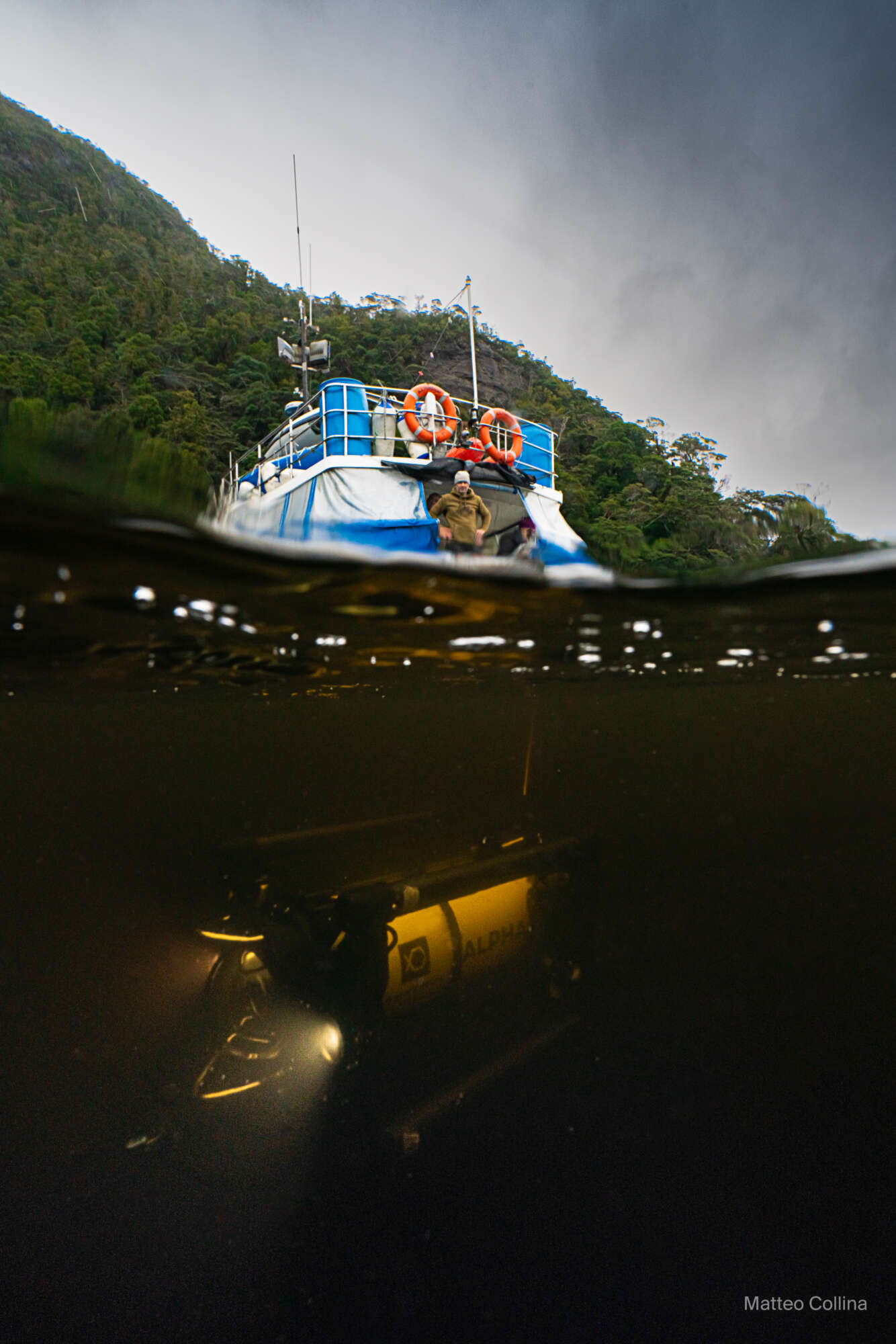
One of the VUW’s group challenges when they were looking for an ROV was finding a solution with very high quality underwater video, as very high resolution video was really important, particularly for characterising marine communities. The Boxfish delivers the high resolution imagery the team needs.
Another major challenge for Professor Bell’s group is getting the ROV around New Zealand. The modular nature of the Boxfish Alpha ROV and air travel friendly batteries meant it could be easily transported as personal luggage on commercial aircraft.
The Boxfish Alpha ROV has become a critical tool for the VUW group’s research program. Over the years, the team has continually expanded how they use the ROV—unlocking new applications and making significant discoveries across New Zealand’s mesophotic reefs.
This case study outlines the diverse and impactful roles the ROV has played to date.
Image: Professor James Bell is awaiting the Boxfish Alpha after its mission. Photo credit Matteo Collina.
Undiscovered Biodiversity
The team at VUW have explored reefs down to around 130 m across New Zealand with their Boxfish Alpha, uncovering dense and diverse marine communities that were previously unknown. This has included red ‘coral’ gardens on the coast off Fiordland to dense three dimensional sponge garden off the Wellington coast. This work is supporting the development of regional council coastal management plans.
Habitat Classification
The Boxfish Alpha is supporting work to develop deep reef habitat classification schemes for Wellington Regional Council, Environment Southland and nationally for the Department of Conservation. The team are using the high resolution footage from their Boxfish to classify and map benthic communities, allowing them to develop biotope descriptions for mesophotic reefs. This work is supporting the mapping and management of mesophotic reef communities.
Sponge Bleaching Study
In 2022 Professor James Bell’s group reported wide scale impacts of a marine heatwave on sponge bleaching in Fiordland. The Boxfish Alpha was critical in determining the extent of bleaching, and was able to help determine that bleaching occurred well into the mesophotic zone.
Photogrammetry of Deep Water Reef Communities
Professor James Bell’s team are also using the Boxfish ROV to create 3D models of the seafloor to extract metrics on habitat complexity. They have been trailing a number of new approaches, using the Boxfish lasers and the robotic arm to deploy markers in order to create accurate 3D models of the seafloor. These models are being used to characterise, observe and monitor the sea floor in ways not previously possible.
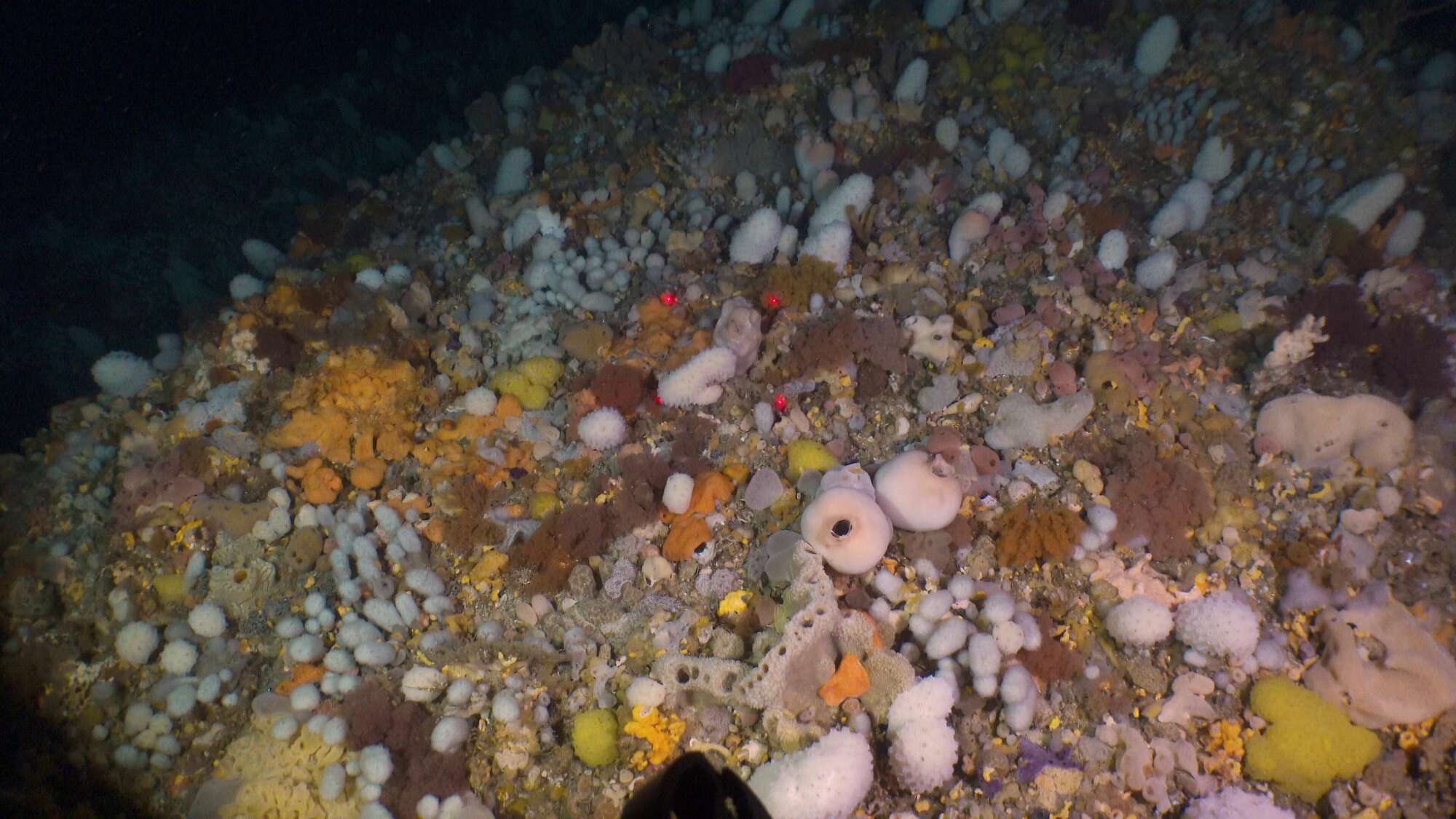
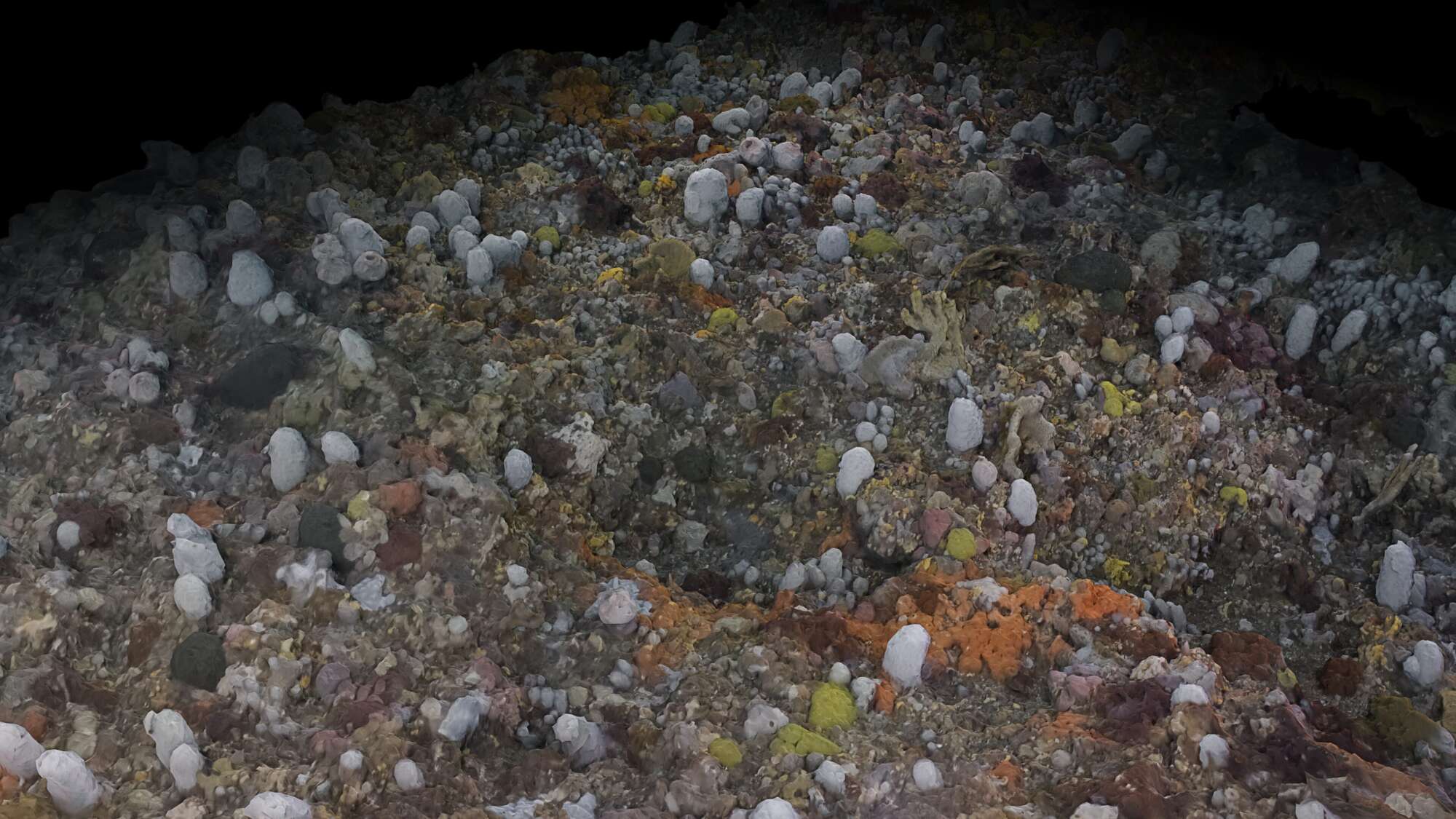
Our work would not be possible without the Boxfish Alpha. The key element that for us separates the Boxfish from other ROVs in a similar class if the quality of the video footage obtained and the easy of deployment. We also really value the support, help and advice provided by the Boxfish technical and support team in assisting with our operations, they have always been on call to help with any issues we have, and worked with us to developed bespoke options for our ROV to enable us to complete complex and unusual tasks.
Professor James Bell, Victoria University of Wellington
Deepwater Collection
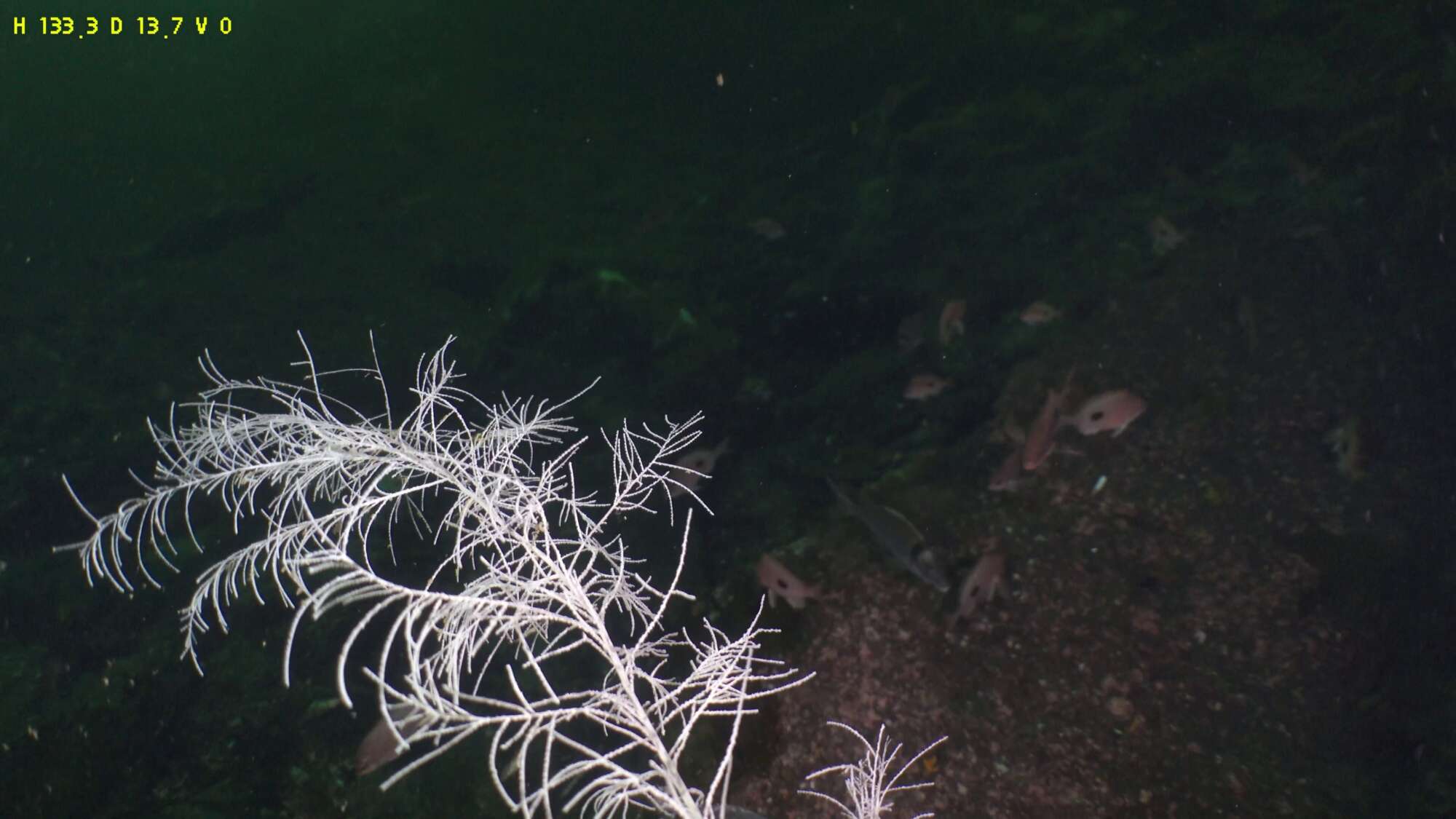
The Boxfish Alpha has been instrumental in the collection of deep water black coral samples as part of a Department of Conservation, Conservation Services Programme funded project to explore genetic connectivity of black corals across Fiordland, and importantly between shallow and deep populations. The Boxfish Alpha with its robotic arm has successfully been used to collect black coral from nearly 100 m, taking only small pieces of these delicate species.
Image: Deep water black coral samples. ROV still.
Monitoring Change in Mesophotic Communities
While extensive monitoring is undertaken throughout New Zealand for shallow water communities that can be reached by SCUBA, changes in mesophotic communities have never been explored. Supported by the Department of Conservation and Environment Southland, the VUW group have established an ongoing monitoring programme of deep mesophotic communities in Fiordland, likely the first of its kind globally, which has been monitored since 2018.
Understanding the Ecological Significance of Mesophotic Communities
In collaboration with Dr Alice Rogers from VUW, the VUW team have a Royal Society of New Zealand Marsden Grant to explore the ecological function of deep reefs. The Boxfish ROV is critical to this project, having been used to conduct biodiversity surveys, deploy and retrieve light traps (using the ROV arm), place deep water temperature loggers on the reef and collect specimens for stable isotope analysis.
Creating Unique Deep Water Outreach Experiences
The versatility and stability of the Boxfish ROV platform means the VUW team have been able to attach 360 degree cameras to the Boxfish Alpha to create underwater deep reef Virtual Reality experiences, and also developed a school outreach programme built around the Boxfish ROV. This experience included letting students loose with the Boxfish ROV in the pool.
Understanding the Distribution of Protected Cold-Water Coral Species
As of April 2025, the Professor James Bell’s groups have undertaken over 100 deployments of their Boxfish in the Fiordland Marine Areas (FMA) as part of a Department of Conservation funded project to understand the distribution patterns of the iconic black coral Antipathella fiordensis. As part of this work black coral has been recorded down to over 100 m in the FMA. Also, while this coral species was largely known from Fiordland, the VUW teams Boxfish deployments around the coast of New Zealand have massively increased our understanding of the distribution of this species with colonies be found as far north as Northland.
More About Boxfish Alpha ROV for Marine Science
Known for its exceptional camera capabilities and stability, the Boxfish Alpha ROV features a high-resolution 4K live camera feed that can be streamed on a larger screen of a research vessel, allowing scientists to discuss data in real time. The Boxfish ROVs can capture environmental data along with uncompressed, stabilised 4K video and 20MP RAW photos for excellent photogrammetry models from the depth of up to 300 meters. It is easily deployable from research vessels, platforms, small boats, or even ice, providing excellent accessibility for scientific groups. With its 6DOF and exceptional manoeuvrability for sample collection and a flexible for additional sensors integration robust design, the Boxfish Alpha ROV is perfect tool for diverse scientific applications.
-
 Red coral bed at Fiordland, New Zealand. ROV still. 70 m depth.
Red coral bed at Fiordland, New Zealand. ROV still. 70 m depth.
-
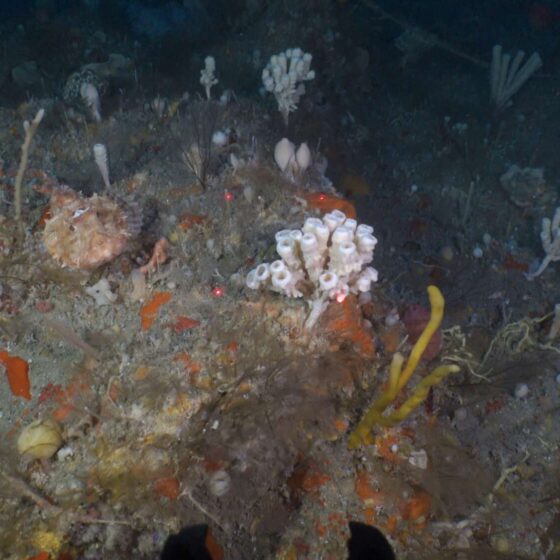 Sponge garden in Bay of Islands, New Zealand. ROV still. 100 m depth.
Sponge garden in Bay of Islands, New Zealand. ROV still. 100 m depth.
-
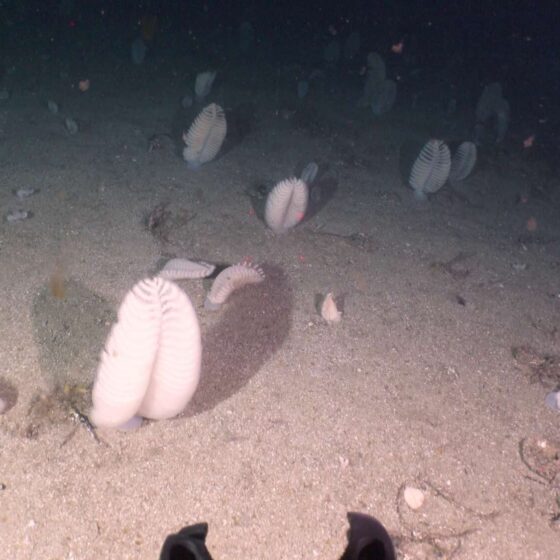 Sea pens in Fiordland, New Zealand. ROV still. 70 m depth.
Sea pens in Fiordland, New Zealand. ROV still. 70 m depth.
-
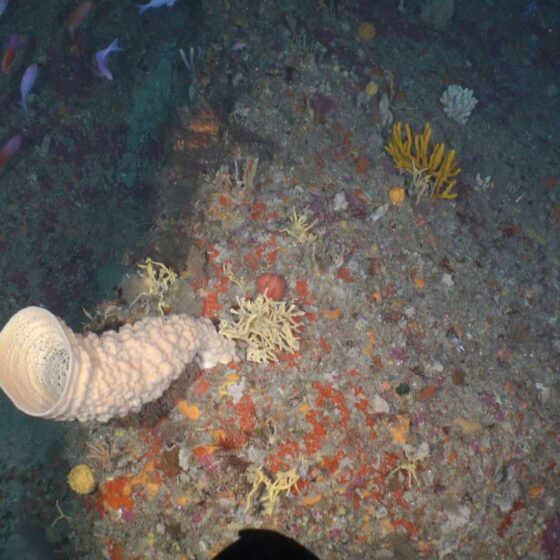 Hauraki Gulf, New Zealand. ROV still. 80 m depth.
Hauraki Gulf, New Zealand. ROV still. 80 m depth.
-
 Bay of Islands, New Zealand. ROV still. 80 m depth.
Bay of Islands, New Zealand. ROV still. 80 m depth.
-
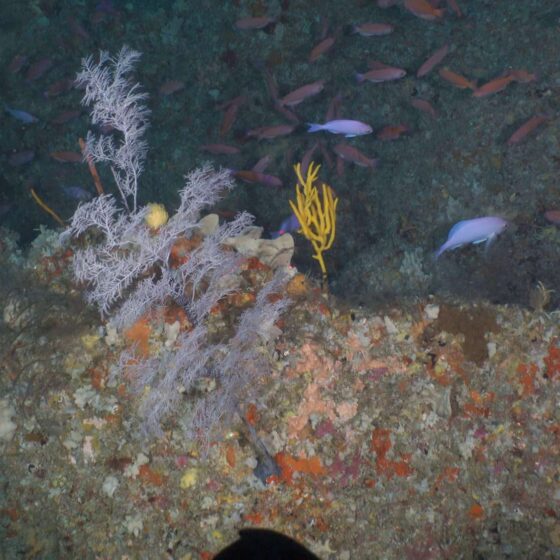 Poor Knights, New Zealand. ROV still. 90 m depth.
Poor Knights, New Zealand. ROV still. 90 m depth.
-
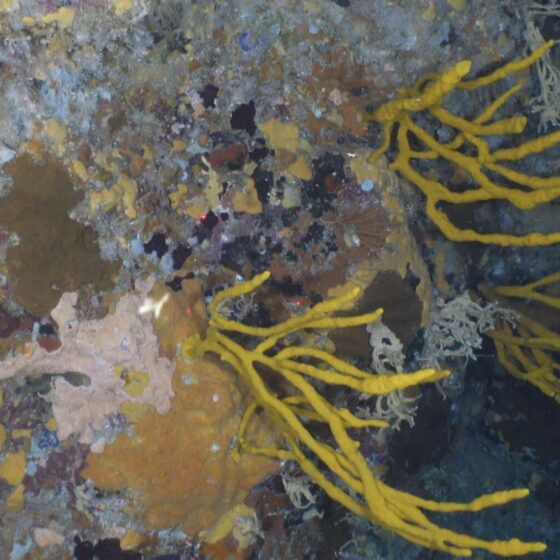 Poor Knights, New Zealand. ROV still. 80 m depth.
Poor Knights, New Zealand. ROV still. 80 m depth.
-
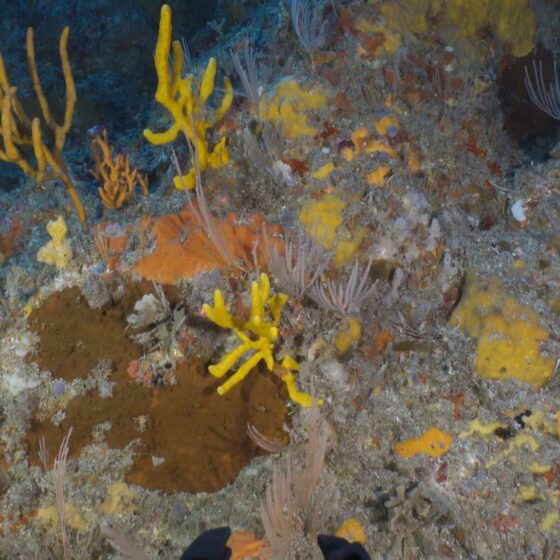 Poor Knights, New Zealand. ROV still. 90 m depth.
Poor Knights, New Zealand. ROV still. 90 m depth.

